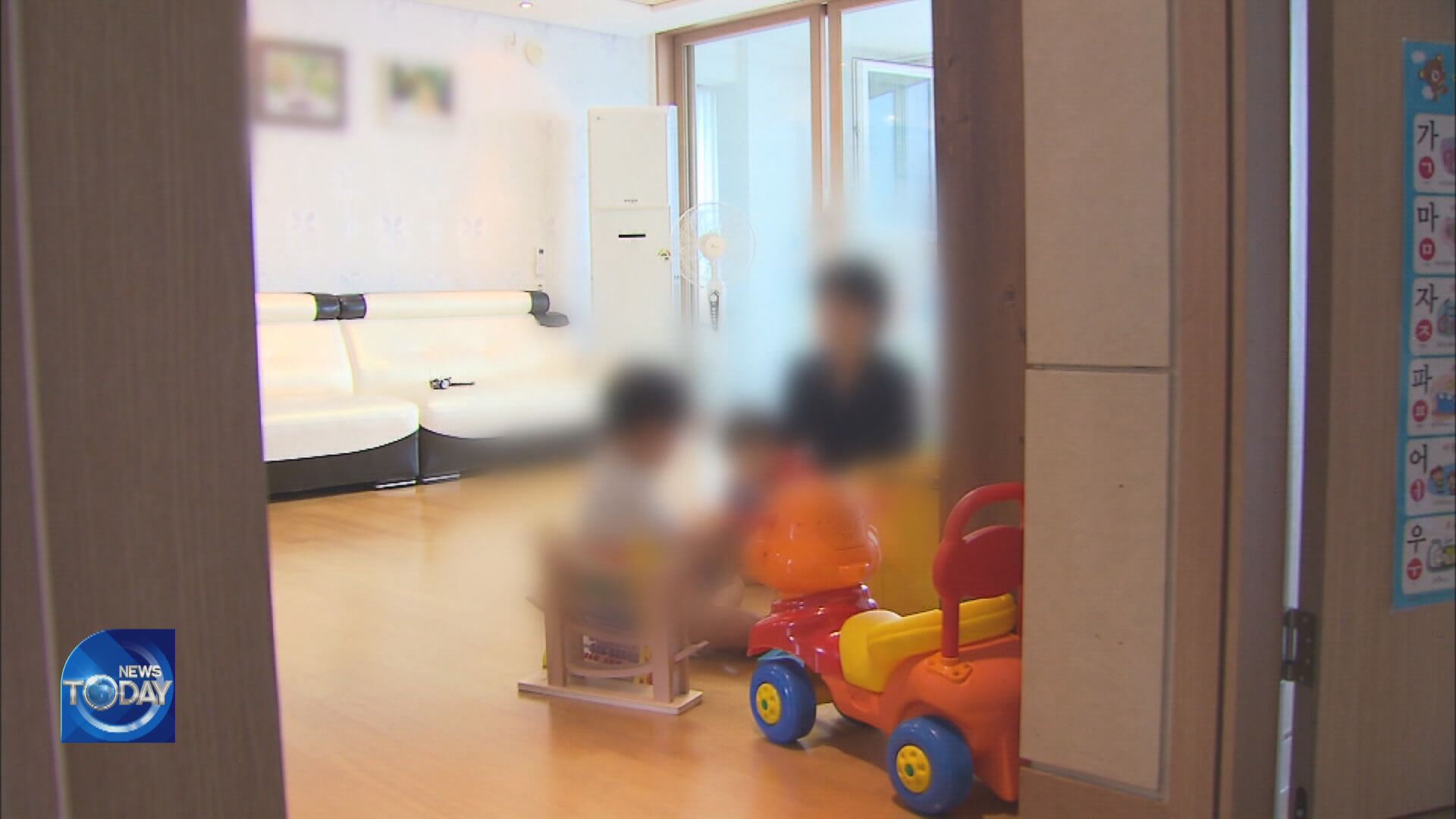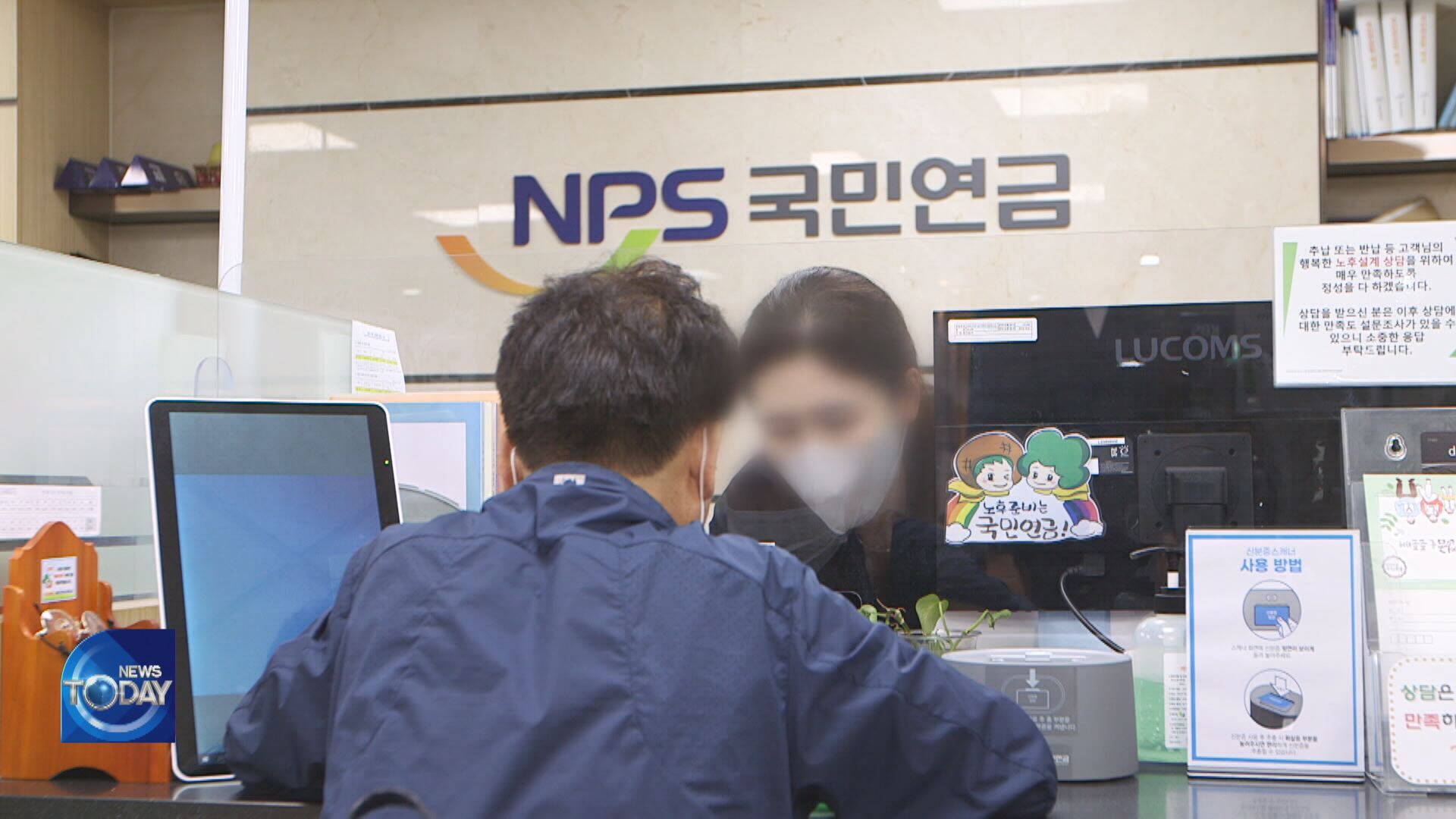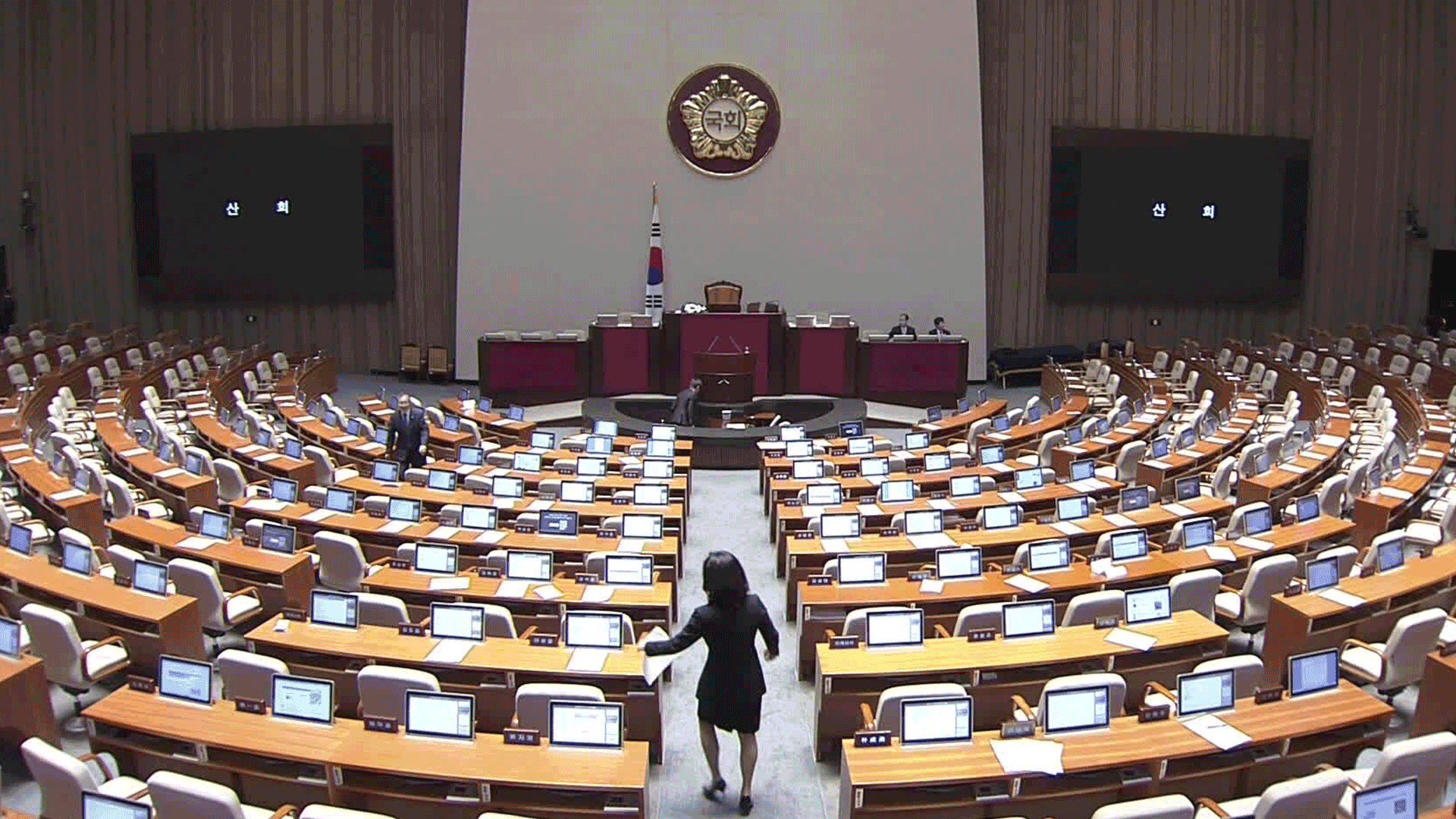NEW POLICY TO TACKLE LOW BIRTHRATE
입력 2023.03.29 (15:02)
수정 2023.03.29 (16:45)
읽어주기 기능은 크롬기반의
브라우저에서만 사용하실 수 있습니다.
[Anchor Lead]
The government unveiled its policy directions to address the growing low birth rate issue in Korea. The low birth rate policy aims at improving working conditions so that dual-income families can have sufficient time to care for their children.
[Pkg]
The government is employing a "select and concentrate" strategy to tackle Korea's dismally low birth rate. This means it will focus on high-demand policies. The five key areas are childcare and education combining parents' careers with childcare housing child rearing costs and health care.
[Soundbite] Hong Sok-chul(Pres. Committee on Ageing Society and Population Policy) : "The new policies look to create conditions for parents to combine their careers with childcare and allow for more flexible working hours."
The government has decided to permit parents of children as old as sixth graders to work shorter hours. The period will be extended by one year to up to 36 months per parent. Employers who put their workers at a disadvantage for taking parental or maternity leave will face harsher punishment. Small businesses, which usually have a hard time finding substitute workers, will receive support from the government. More than six out of 10 households with both parents working said neither of them was able to take parental leave. Working from home and flexible commute hours will also be encouraged to allow parents to juggle their careers with child rearing. The new policies also seek to expand childcare services and after-school activities to eliminate loopholes in childcare. The government will systematically monitor and evaluate progress in the birthrate policies to ensure good results.
[Soundbite] Kim Na-young(Korea Institute of Childcare and Education) : "If guidelines are provided and progress is evaluated, these policies can produce good results."
The government has also decided to expand support for fertility treatment and cut health care costs for children. It is also pushing for classifying families with two or more children as "multi-children families" in order to lower the bar for public housing eligibility.
The government unveiled its policy directions to address the growing low birth rate issue in Korea. The low birth rate policy aims at improving working conditions so that dual-income families can have sufficient time to care for their children.
[Pkg]
The government is employing a "select and concentrate" strategy to tackle Korea's dismally low birth rate. This means it will focus on high-demand policies. The five key areas are childcare and education combining parents' careers with childcare housing child rearing costs and health care.
[Soundbite] Hong Sok-chul(Pres. Committee on Ageing Society and Population Policy) : "The new policies look to create conditions for parents to combine their careers with childcare and allow for more flexible working hours."
The government has decided to permit parents of children as old as sixth graders to work shorter hours. The period will be extended by one year to up to 36 months per parent. Employers who put their workers at a disadvantage for taking parental or maternity leave will face harsher punishment. Small businesses, which usually have a hard time finding substitute workers, will receive support from the government. More than six out of 10 households with both parents working said neither of them was able to take parental leave. Working from home and flexible commute hours will also be encouraged to allow parents to juggle their careers with child rearing. The new policies also seek to expand childcare services and after-school activities to eliminate loopholes in childcare. The government will systematically monitor and evaluate progress in the birthrate policies to ensure good results.
[Soundbite] Kim Na-young(Korea Institute of Childcare and Education) : "If guidelines are provided and progress is evaluated, these policies can produce good results."
The government has also decided to expand support for fertility treatment and cut health care costs for children. It is also pushing for classifying families with two or more children as "multi-children families" in order to lower the bar for public housing eligibility.
■ 제보하기
▷ 카카오톡 : 'KBS제보' 검색, 채널 추가
▷ 전화 : 02-781-1234, 4444
▷ 이메일 : kbs1234@kbs.co.kr
▷ 유튜브, 네이버, 카카오에서도 KBS뉴스를 구독해주세요!
- NEW POLICY TO TACKLE LOW BIRTHRATE
-
- 입력 2023-03-29 15:02:25
- 수정2023-03-29 16:45:05

[Anchor Lead]
The government unveiled its policy directions to address the growing low birth rate issue in Korea. The low birth rate policy aims at improving working conditions so that dual-income families can have sufficient time to care for their children.
[Pkg]
The government is employing a "select and concentrate" strategy to tackle Korea's dismally low birth rate. This means it will focus on high-demand policies. The five key areas are childcare and education combining parents' careers with childcare housing child rearing costs and health care.
[Soundbite] Hong Sok-chul(Pres. Committee on Ageing Society and Population Policy) : "The new policies look to create conditions for parents to combine their careers with childcare and allow for more flexible working hours."
The government has decided to permit parents of children as old as sixth graders to work shorter hours. The period will be extended by one year to up to 36 months per parent. Employers who put their workers at a disadvantage for taking parental or maternity leave will face harsher punishment. Small businesses, which usually have a hard time finding substitute workers, will receive support from the government. More than six out of 10 households with both parents working said neither of them was able to take parental leave. Working from home and flexible commute hours will also be encouraged to allow parents to juggle their careers with child rearing. The new policies also seek to expand childcare services and after-school activities to eliminate loopholes in childcare. The government will systematically monitor and evaluate progress in the birthrate policies to ensure good results.
[Soundbite] Kim Na-young(Korea Institute of Childcare and Education) : "If guidelines are provided and progress is evaluated, these policies can produce good results."
The government has also decided to expand support for fertility treatment and cut health care costs for children. It is also pushing for classifying families with two or more children as "multi-children families" in order to lower the bar for public housing eligibility.
The government unveiled its policy directions to address the growing low birth rate issue in Korea. The low birth rate policy aims at improving working conditions so that dual-income families can have sufficient time to care for their children.
[Pkg]
The government is employing a "select and concentrate" strategy to tackle Korea's dismally low birth rate. This means it will focus on high-demand policies. The five key areas are childcare and education combining parents' careers with childcare housing child rearing costs and health care.
[Soundbite] Hong Sok-chul(Pres. Committee on Ageing Society and Population Policy) : "The new policies look to create conditions for parents to combine their careers with childcare and allow for more flexible working hours."
The government has decided to permit parents of children as old as sixth graders to work shorter hours. The period will be extended by one year to up to 36 months per parent. Employers who put their workers at a disadvantage for taking parental or maternity leave will face harsher punishment. Small businesses, which usually have a hard time finding substitute workers, will receive support from the government. More than six out of 10 households with both parents working said neither of them was able to take parental leave. Working from home and flexible commute hours will also be encouraged to allow parents to juggle their careers with child rearing. The new policies also seek to expand childcare services and after-school activities to eliminate loopholes in childcare. The government will systematically monitor and evaluate progress in the birthrate policies to ensure good results.
[Soundbite] Kim Na-young(Korea Institute of Childcare and Education) : "If guidelines are provided and progress is evaluated, these policies can produce good results."
The government has also decided to expand support for fertility treatment and cut health care costs for children. It is also pushing for classifying families with two or more children as "multi-children families" in order to lower the bar for public housing eligibility.
이 기사가 좋으셨다면
-
좋아요
0
-
응원해요
0
-
후속 원해요
0

















이 기사에 대한 의견을 남겨주세요.